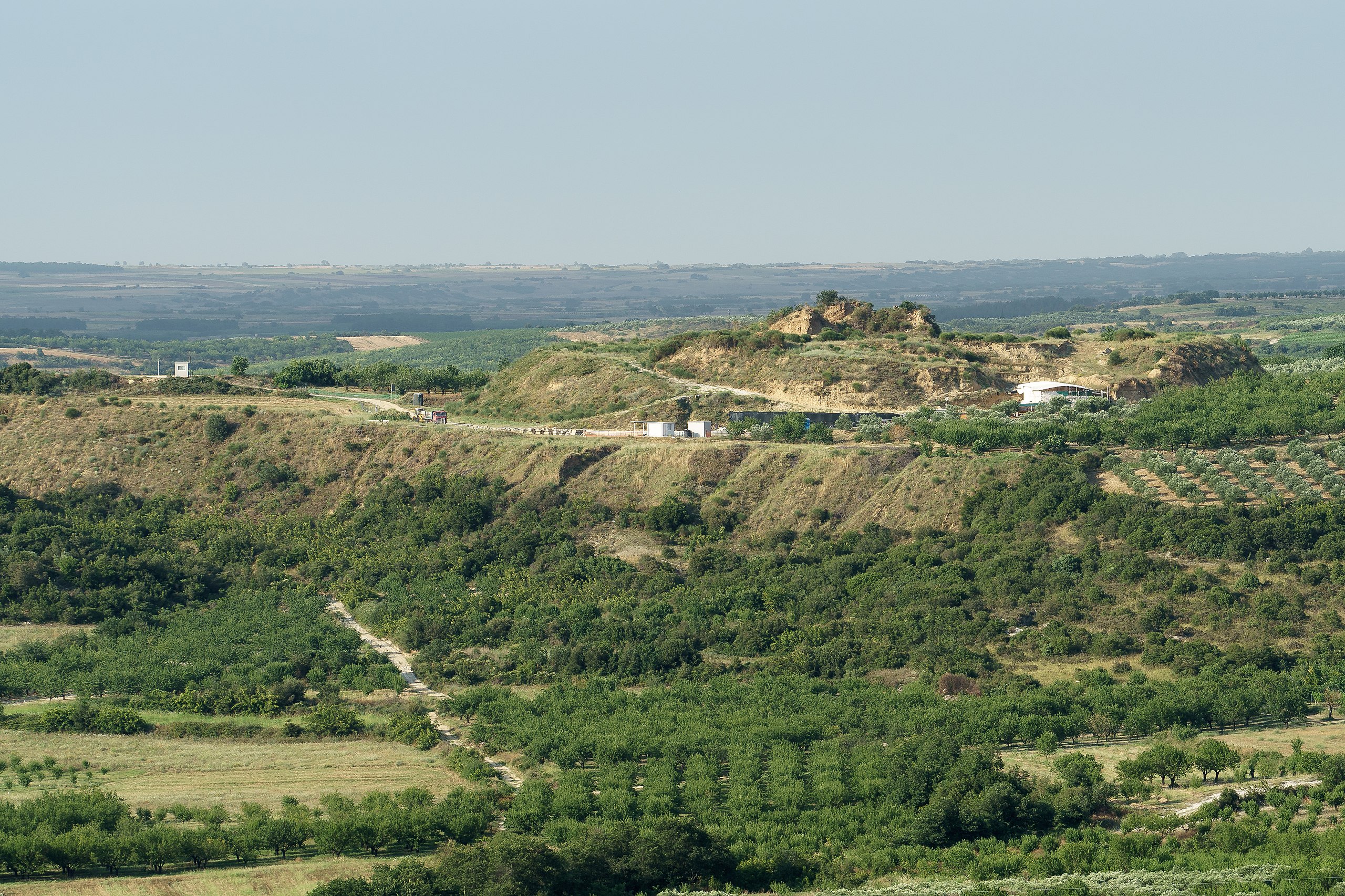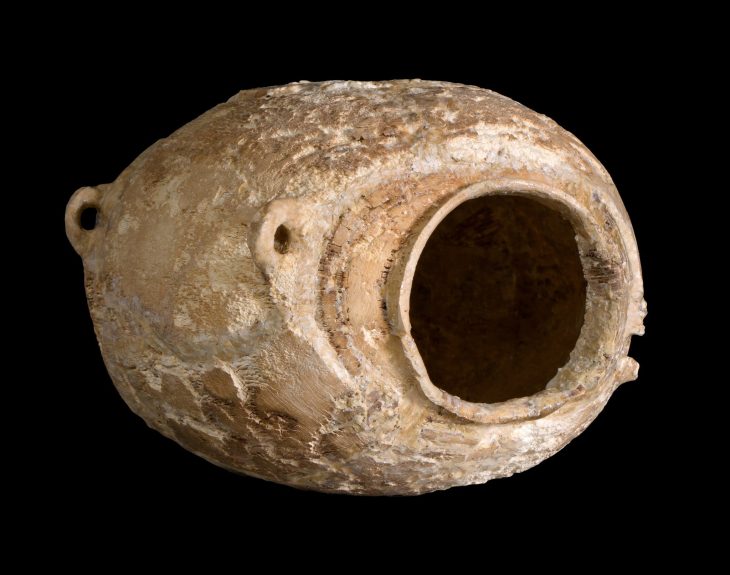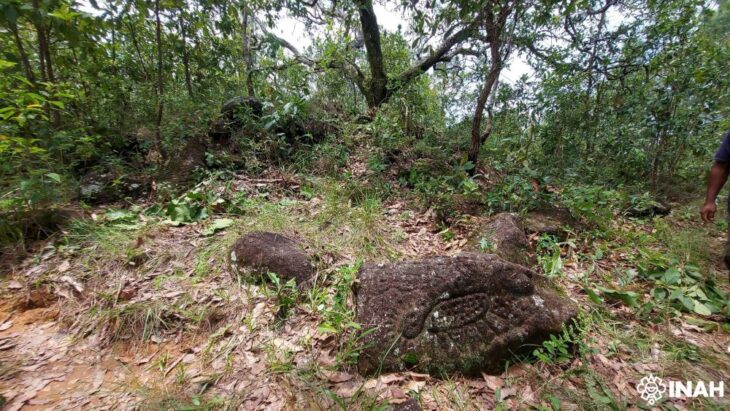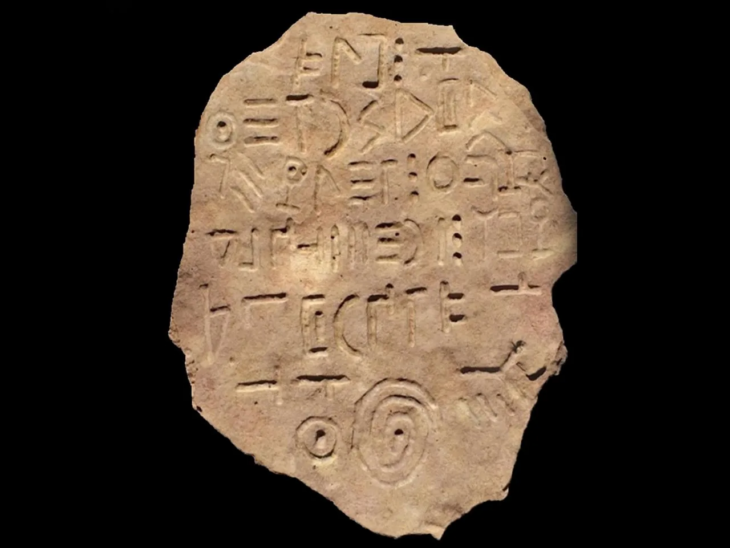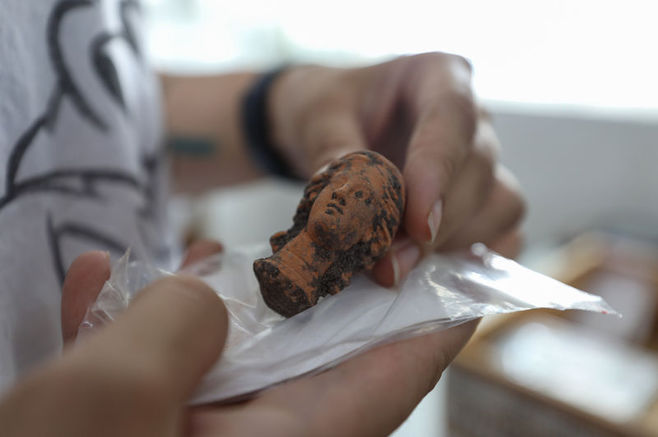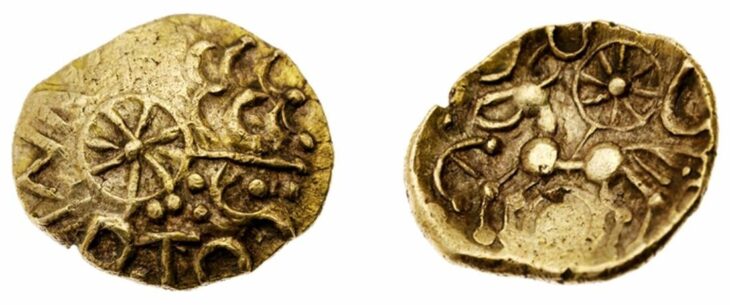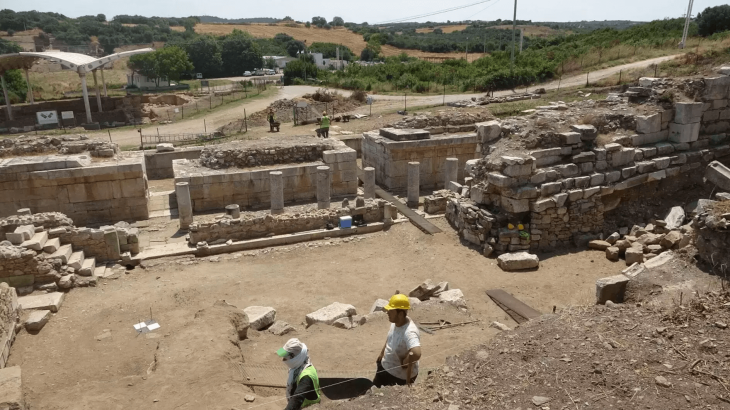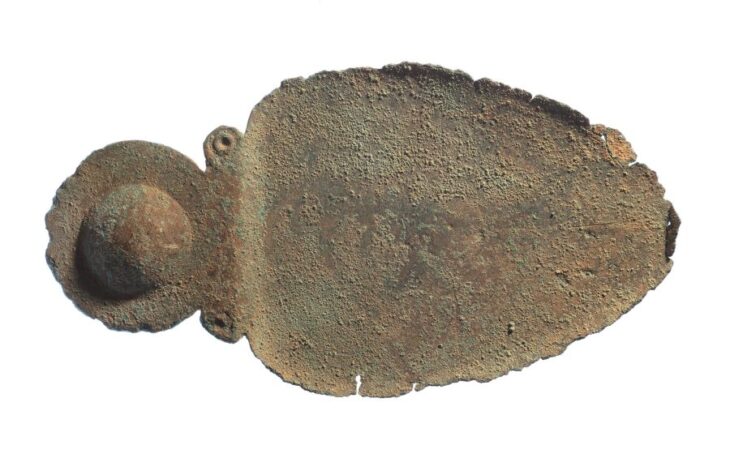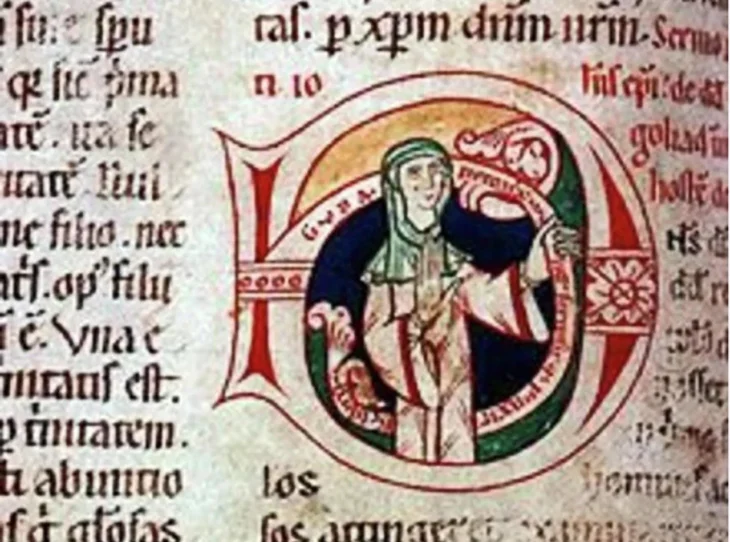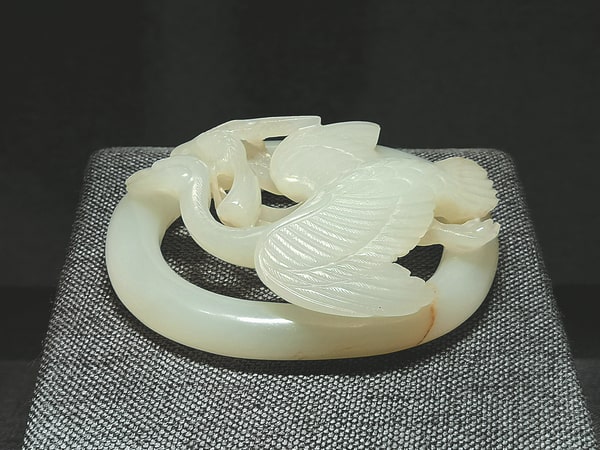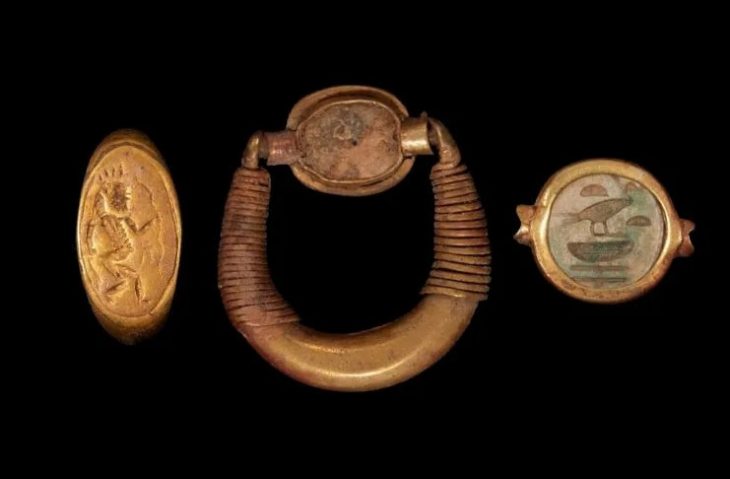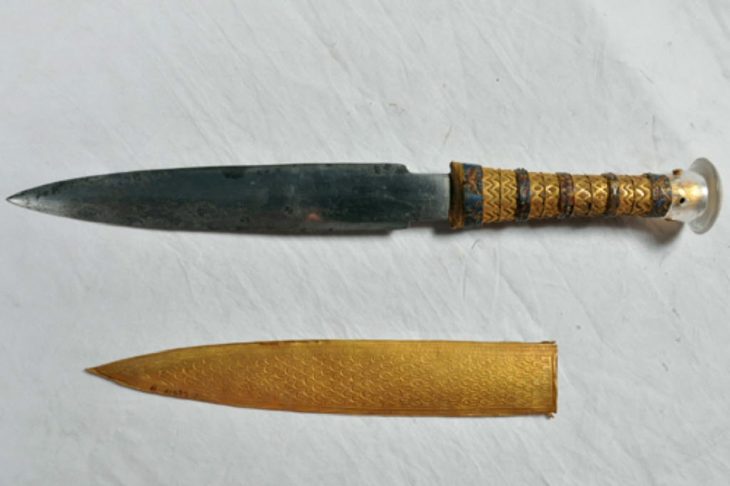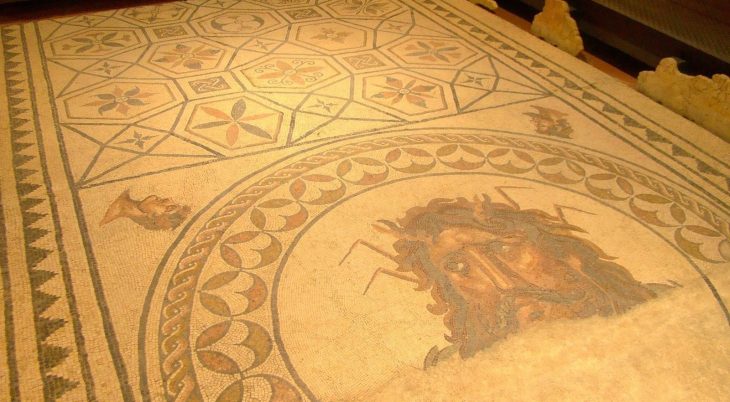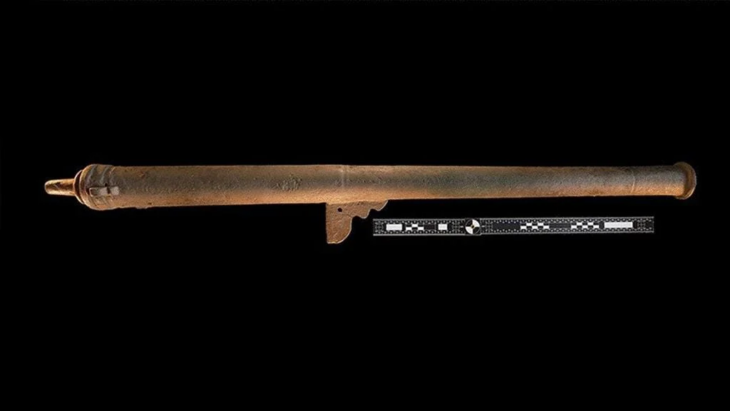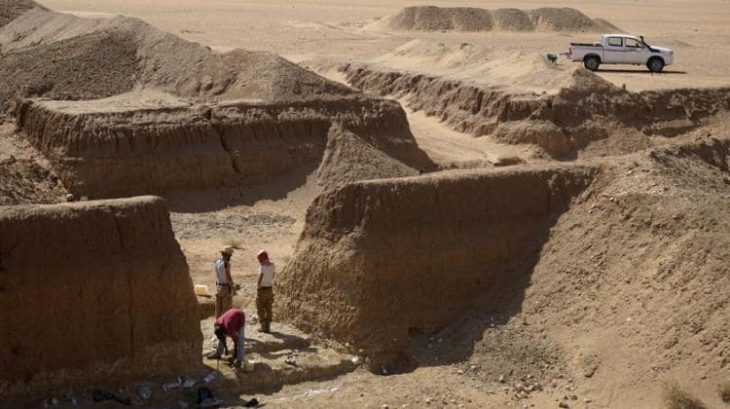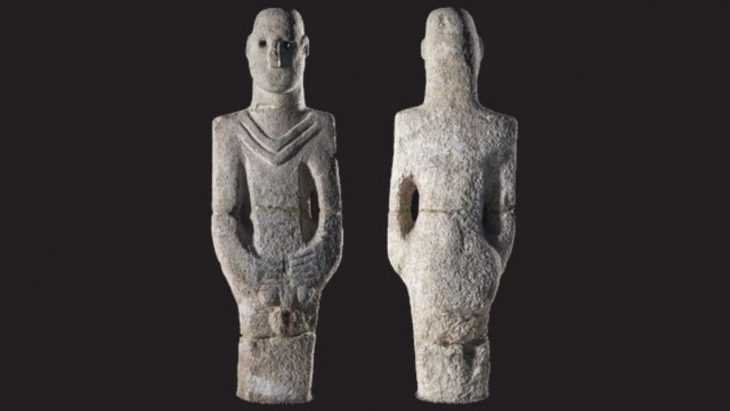A revolutionary study combining archaeology and solar modeling has revealed that the Kastas Monument—the largest funerary structure of ancient Greece—was not only a testament to engineering brilliance but also a cosmic tribute commissioned by Alexander the Great for his beloved general, Hephaestion.
Discovered in 2012 in the region of central Macedonia, the monumental tomb at Amphipolis immediately sparked international intrigue. But it was in 2015 that a major historical revelation reshaped the narrative: researchers confirmed that Alexander ordered the construction of this massive tumulus in memory of Hephaestion, his most trusted companion, strategist, and possibly his greatest emotional bond.
A Monument to Eternal Loyalty
The sheer scale and artistry of the Kastas Tomb reflect the high status of its intended occupant. Inside, archaeologists uncovered a breathtaking mosaic portraying the abduction of Persephone—a myth symbolizing death and rebirth—suggesting a spiritual dimension to the tomb’s design. The monument was once crowned by the imposing Lion of Amphipolis, believed to symbolize strength, honor, and the heroism of the deceased.
The architectural grandeur, combined with rich symbolic content, points to a structure designed not merely to house remains, but to immortalize memory. Hephaestion’s importance in Alexander’s life—both as a military figure and a personal confidant—is echoed in the tomb’s prominence and complexity.
Sunlight and Symbolism
In a recent computational analysis published in the Nexus Network Journal, researchers employed 3D modeling and custom solar-tracking tools to investigate how the tomb interacted with natural light. They found compelling evidence that the monument was intentionally aligned with the path of the sun—especially during the winter solstice.
📣 Our WhatsApp channel is now LIVE! Stay up-to-date with the latest news and updates, just click here to follow us on WhatsApp and never miss a thing!!
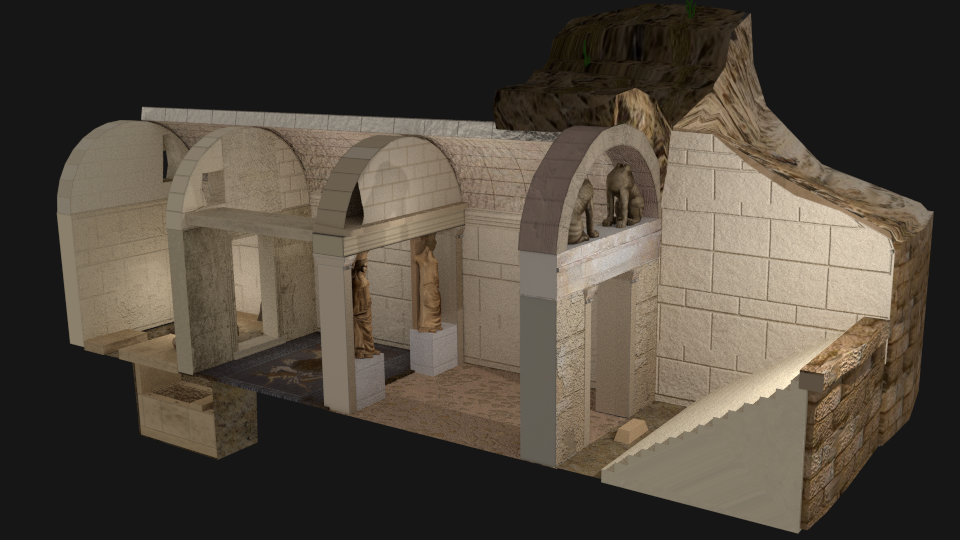
These solar alignments may have been designed to illuminate specific architectural features, possibly even a statue now lost to time, at key moments of the year. This interaction between sunlight and stone wasn’t just functional—it was deeply symbolic. The alignment appears to echo ancient Macedonian religious beliefs, particularly those associated with the cult of Cybele, and may have served as a metaphor for the eternal connection between Alexander and Hephaestion.
The research suggests that ancient Macedonians integrated astronomical knowledge into their architecture with remarkable precision. The winter solstice alignment, in particular, could symbolize death and rebirth—a powerful theme in both religious rituals and royal propaganda.
Savvides’ model even proposes the existence of a missing sculptural element—possibly a statue positioned in the forecourt—which would have interacted with the incoming light in a meaningful, ritualistic way.
Technological Innovation Meets Ancient Design
The integration of cutting-edge digital tools with classical archaeology marks a new chapter in the study of ancient monuments. The solar-architectural interaction model used in this research allows scholars to test historical hypotheses with mathematical precision, offering new insights into how ancient builders may have incorporated celestial cycles into their designs.
Such tools don’t just confirm the past—they reinterpret it, offering fresh layers of meaning and significance to structures we thought we understood.
A Legacy Written in Light
The Kastas Tomb is more than a burial site—it is a political statement, a religious symbol, and a deeply personal expression of grief, admiration, and immortalization. By aligning this monument with the heavens, Alexander the Great ensured that Hephaestion’s legacy would be illuminated by the same cosmic forces that guided empires and shaped mythologies.
As sunlight once touched its inner sanctums at precisely chosen moments, so too does modern research now shine new light on one of antiquity’s most magnificent tributes to love, loyalty, and celestial design.
Savvides, D. (2025). Illuminating the Kastas Monument Enigma: A Computational Analysis of Solar-Architectural Interaction. Nexus Netw J. doi:10.1007/s00004-025-00817-z
Cover Image Credit: Public Domain

